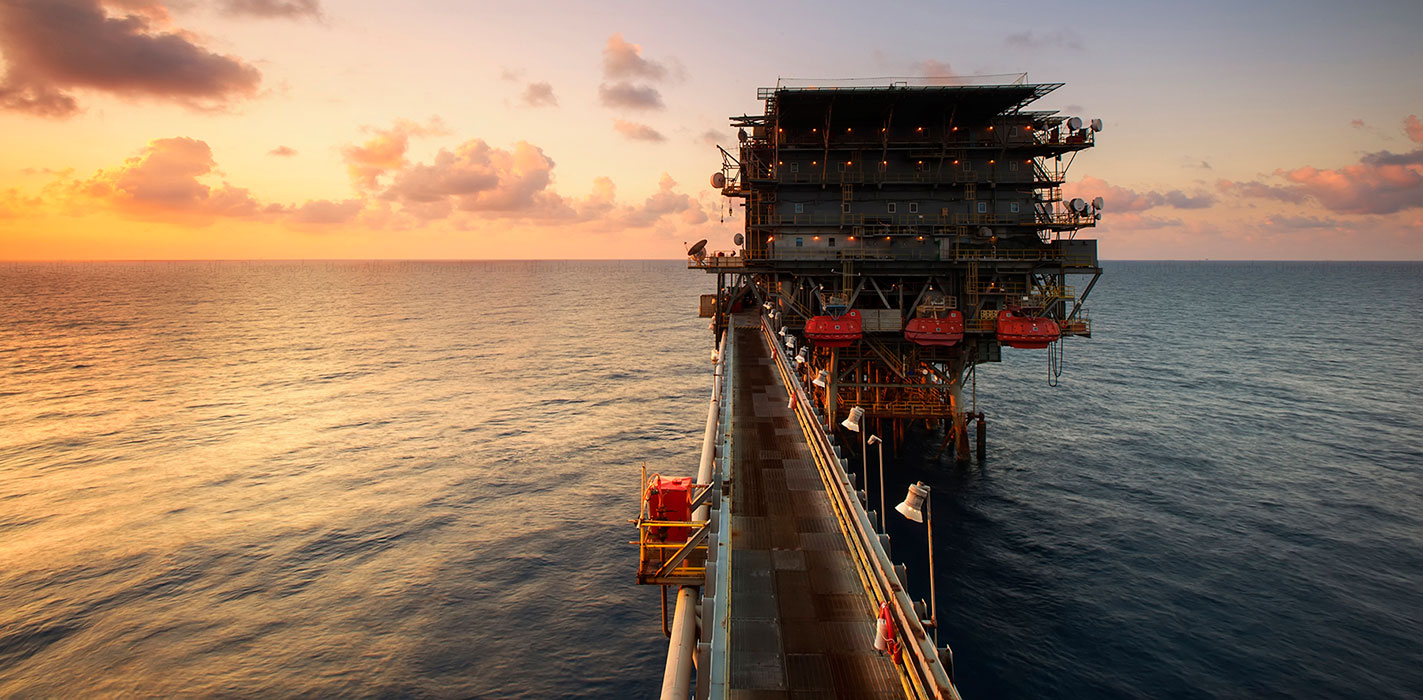Oil prices are creeping back as global markets breathe a sigh of relief in the aftermath of the French elections. Crude oil sold off hard on geopolitical risk and the perception that U.S. oil production is going to offset OPEC production cuts even if it’s not true. Of course, the market believes it, at least right now, because if you say something long and hard enough, even if it is not true, the market will react.
Baker Hughes (BHI) reported that drillers added oil 5 oil rigs for a 14th week in a row, now to 688 rigs. Shale production will increase to the highest level in 2 years as warmer weather makes it easier to produce. Shale drillers better hope that prices do not collapse because most of these firms adding rigs are in debt up to their eyeballs. Many are leveraged to the hilt and banks may run for cover if there is any pullback in price.

Yet as OPEC is widely expected to extend its production cuts, the full impact of those cuts will start to be felt as demand starts to ramp up in the summer. OPEC and non-OPEC producers start to work towards better compliance. Reports that Iran’s crude oil exports hit 14-month low in May is a sign that the country is falling in line with other OPEC members or that they are having a tough time raising output do to years of underinvestment. Russian energy minister Alexander Novak said a decision on extending a global pact to cut oil production had not yet been taken, but would be discussed with OPEC on May 24, according to Reuters. Still most believe that Russia will join the cuts because they will start to see the global oversupply drain.
The other side of oil is the demand side that we believe will exceed expectations. Take China for example. Reuters is reporting, “Policymakers in China are pushing a bullish message on the world’s second-biggest economy after a solid first quarter, pointing to a slow-down in capital outflows and a stable yuan after a selloff last year stoked fears of instability.









Leave A Comment